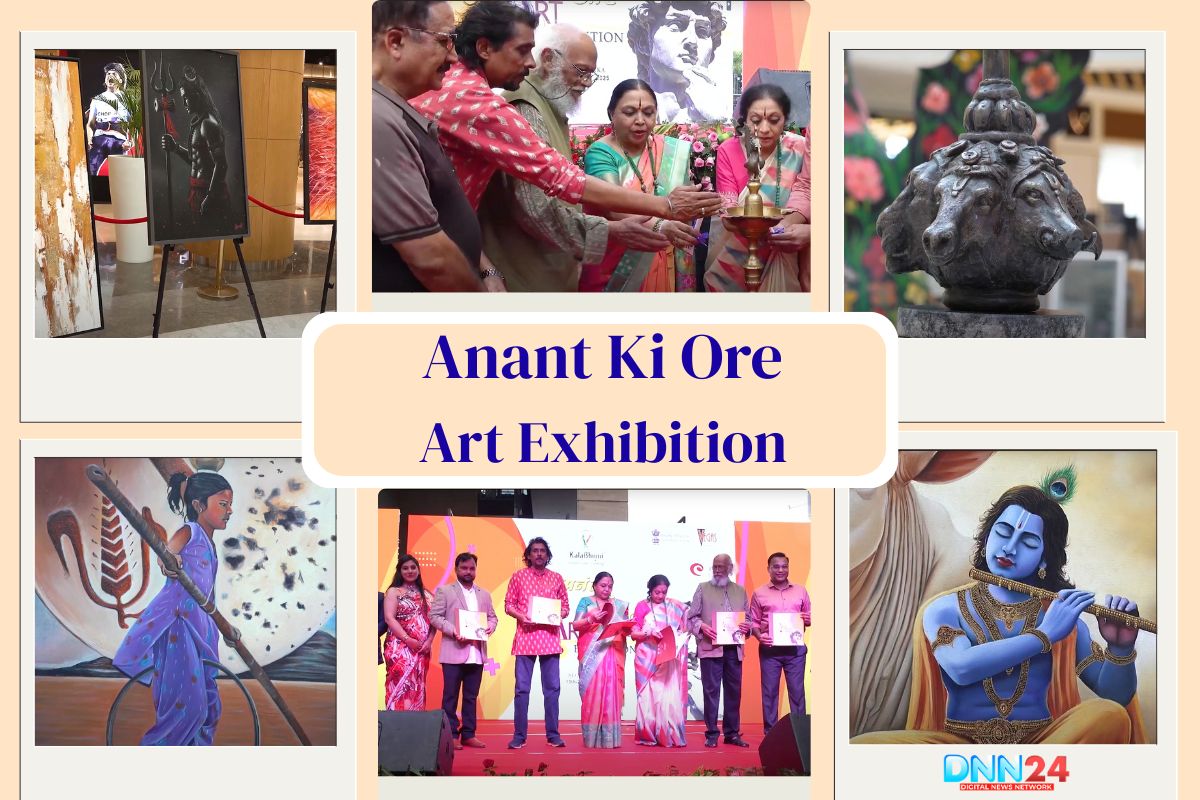September 2025 marked a memorable chapter in Delhi’s cultural calendar when Kala Bhoomi organized the Anant Ki Ore Art Exhibition at Vegas Mall. The venue transformed into a breathing gallery where creativity met commerce, and artistic expression found an audience beyond the usual gallery walls. Artists from every corner of India arrived with their paintings and sculptures, each piece telling its own story. The exhibition space spanned multiple levels of the mall, featuring over 200 artworks that created a visual journey drawing both seasoned art collectors and curious shoppers.
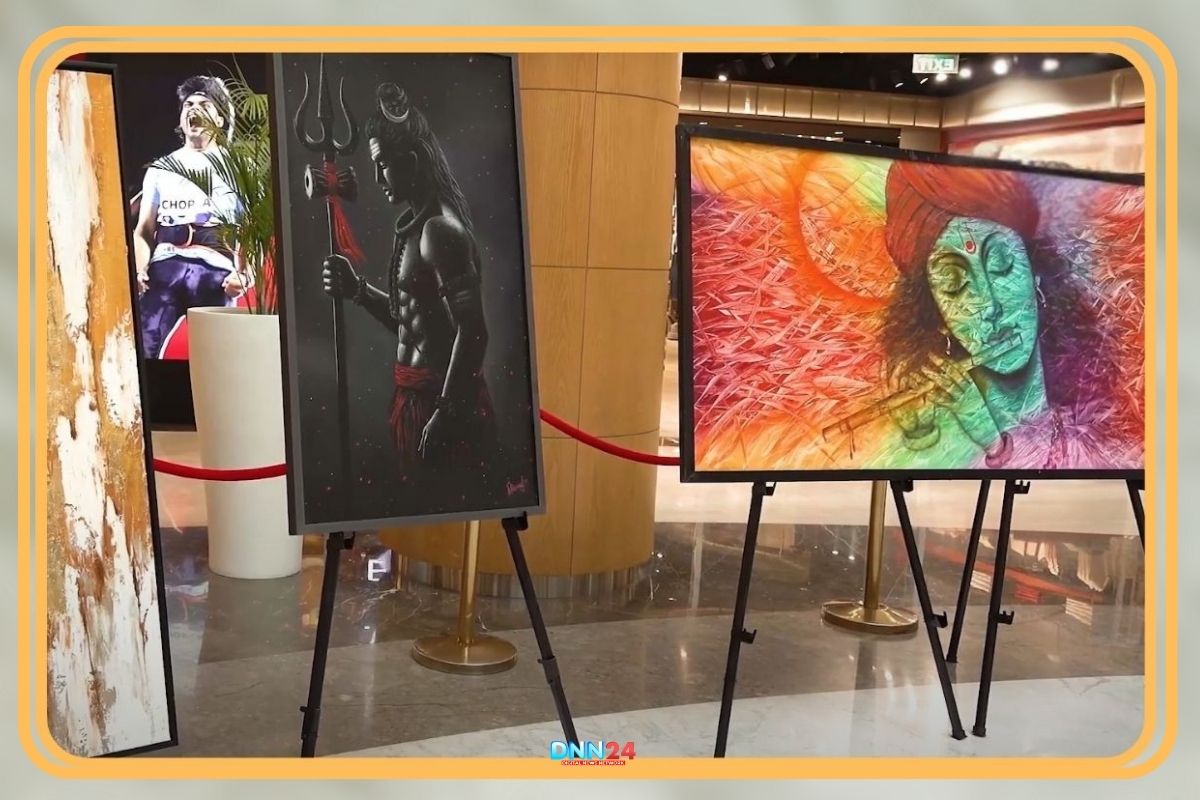
The atmosphere hummed with conversation as visitors moved from one installation to another, pausing to admire miniature works that demanded close inspection and large canvases that commanded attention from across the room. What made this gathering remarkable was its democratic spirit. Art was no longer confined to exclusive galleries where only connoisseurs ventured. It stood proudly in a public space, inviting everyone to engage with it. Families shopping for groceries stopped to admire abstract expressions, young students discovered new possibilities, and elderly visitors reconnected with traditional forms they remembered from their youth.
When Legends Gathered Under One Roof
The nineteenth edition of Anant Ki Ore distinguished itself through the presence of extraordinary personalities who graced the occasion as chief guests. Padma Bhushan Jatin Das, whose contributions to Indian art had already become part of our cultural heritage, walked through the exhibition with genuine interest in each displayed work. His presence alone validated the efforts of emerging artists who had nervously prepared their submissions for months. Kathak dancers Nalini and Kamalini Asthana brought their understanding of classical art forms to the event, drawing parallels between dance and visual expression.
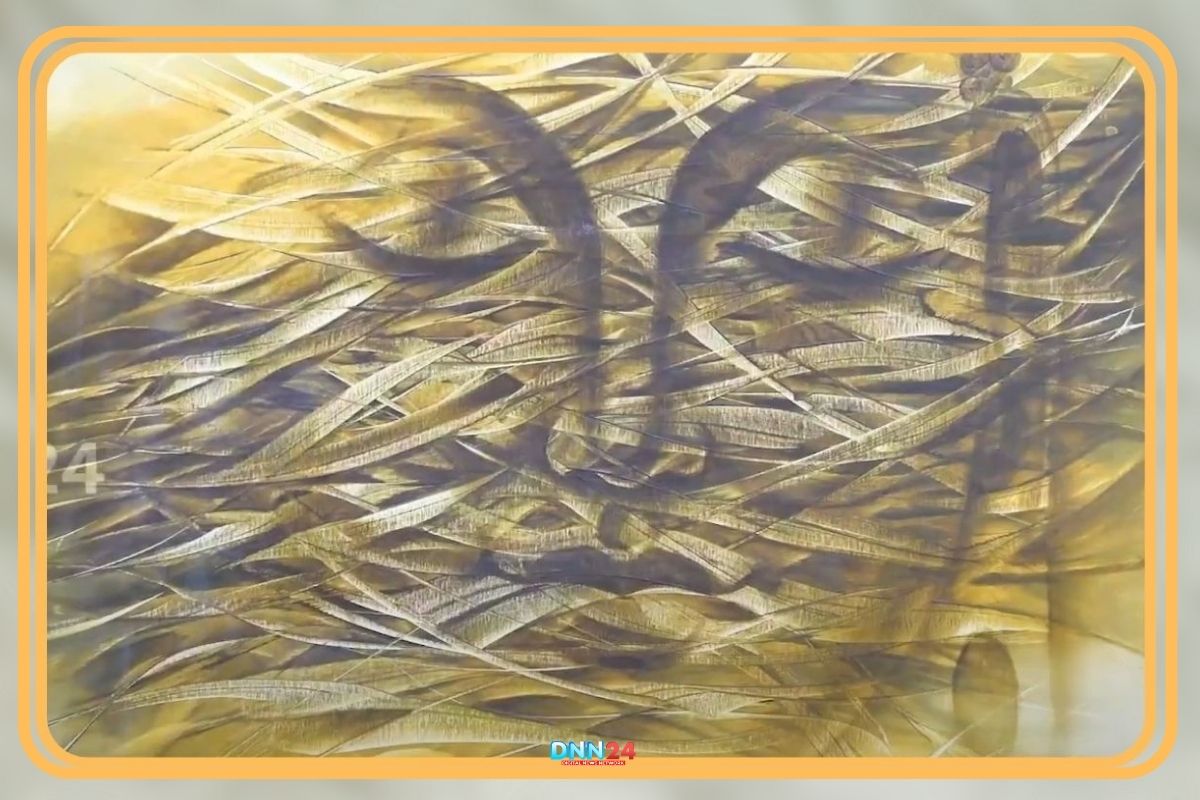
Miniature artist Jayprakash Lakhiwal examined the more minor works with a practiced eye, offering encouragement to young artists attempting this demanding technique. Suresh Anand, CMD of HL Group and co-founder of Vegas Mall, played host with evident pride, seeing his commercial space serve a higher cultural purpose. The award ceremony became the emotional centerpiece of the evening, with seventy artists receiving recognition for their work. Some were foundation students still learning their craft, others were established professionals teaching at art colleges, and a few were senior practitioners whose work had already found its place in galleries.
Why This Exhibition Stood Apart From Others
Suresh Anand addressed the gathering with words that captured the essence of what made this event different from conventional art shows. He acknowledged the perception that art should exist in peaceful, contemplative spaces, but raised a practical question that resonated with many artists present. How could an artist survive if their work remained unseen, appreciated only by a handful of gallery visitors? The exhibition answered this question by creating a platform where art and life intersected. The location itself was a statement.
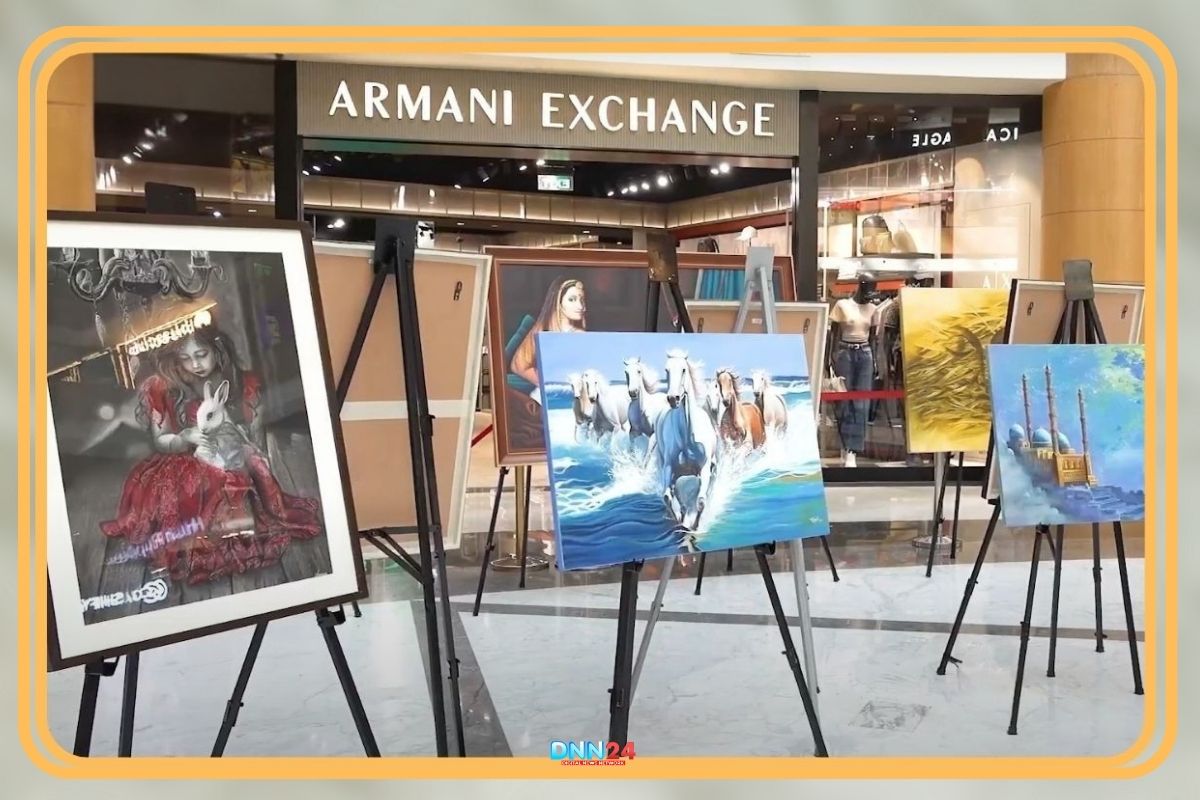
Vegas Mall saw thousands of visitors daily, people from different backgrounds and economic situations, all moving through the same space where these artworks now hung. A working mother rushing between errands found herself stopping before a landscape that reminded her of her childhood village. A teenager browsing phone stores discovered abstract art that spoke to feelings he could not articulate. The exhibition format dismantled the invisible barriers that often kept ordinary people away from art galleries. There were no intimidating entrance procedures, no expectation of prior knowledge, and no subtle suggestions that this space was not for everyone. The art existed in public view, available to anyone who chose to look.
From Foundation Students to Master Artists
The exhibition demonstrated a thoughtful curation strategy that respected different stages of artistic development. Foundation students, who are still learning basic techniques and developing their visual vocabulary, displayed their work alongside pieces by master’s-level artists and professors. This mixing of experience levels created an educational environment where visitors could actually see artistic progression. The foundation students had spent six to seven months preparing their submissions under guidance, learning not just technical skills but also how to present their work professionally.
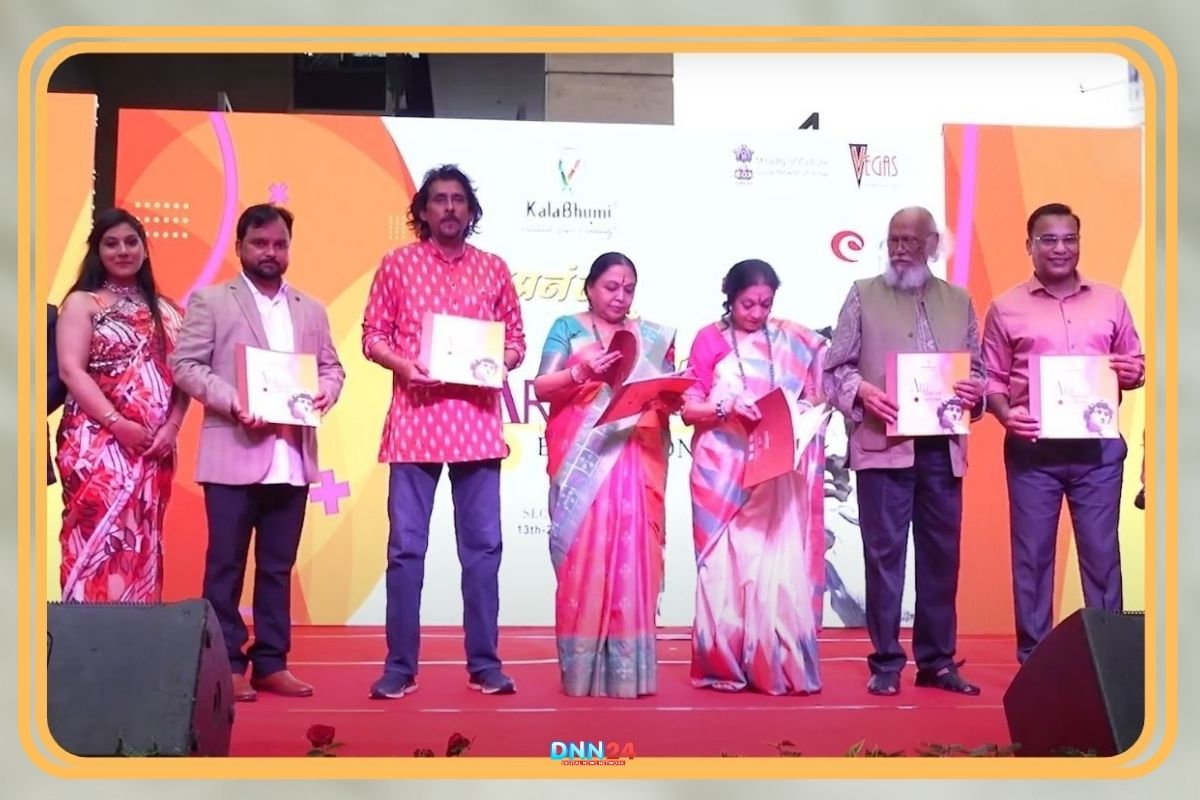
The Ministry of Culture had supported the participation of artists from various art colleges across India, ensuring regional diversity in styles and subjects. Professors who taught at prestigious institutions exhibited alongside their own students, creating conversations about technique and interpretation. Installation pieces added another dimension, using space and materials in ways that challenged traditional definitions of art. The variety was deliberate, demonstrating to visitors that art was not a single thing, but a broad spectrum of human expression. Kala Bhoomi had made participation free for artists, removing financial obstacles that often prevented talented individuals from showcasing their work.
Breaking Gallery Walls and Building Bridges
Multiple artists who participated in the exhibition shared their perspectives on what this public platform meant for their practice. One senior artist, attending Kala Bhoomi’s event for the second time, reflected on how art had traditionally remained hidden in galleries where only educated collectors felt comfortable entering. The general public rarely encountered original artworks, and many people never developed an appreciation for the visual arts simply because they had no access to them. By bringing art into a shopping mall, the exhibition reversed this dynamic.
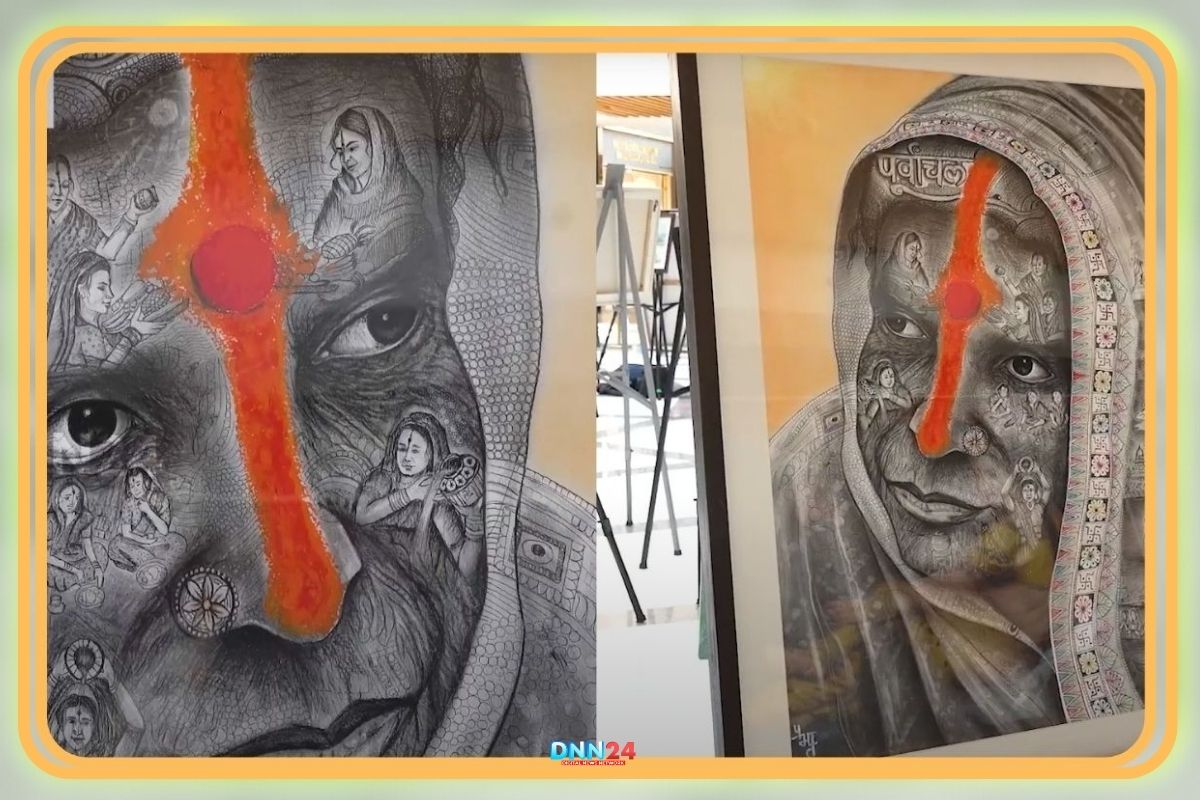
People who had never considered visiting an art gallery found themselves looking at paintings while waiting for their movie to start or while their children played in the entertainment zone. Artists noticed something else, too. When their work appeared in public spaces, watched by hundreds of ordinary people rather than a few collectors, they felt a different kind of validation. A woman who had never bought art before might stop and really look at a painting, her expression showing genuine engagement. That connection mattered more than critical reviews sometimes did. Young artists, in particular, benefited from this exposure, building confidence that their work could resonate with audiences beyond their art school peers.
Nature as the Eternal Teacher
One participating artist offered philosophical insights about the source of artistic inspiration, pointing to nature as the ultimate teacher. According to this view, everything in the natural world already possessed artistic qualities that human artists learned to recognize and represent. Plants demonstrated color theory, animals showed movement and form, and human beings revealed emotion and character. The artist suggested that becoming a true artist required multiple lifetimes of observation and practice, emphasizing the depth of commitment needed for mastery.
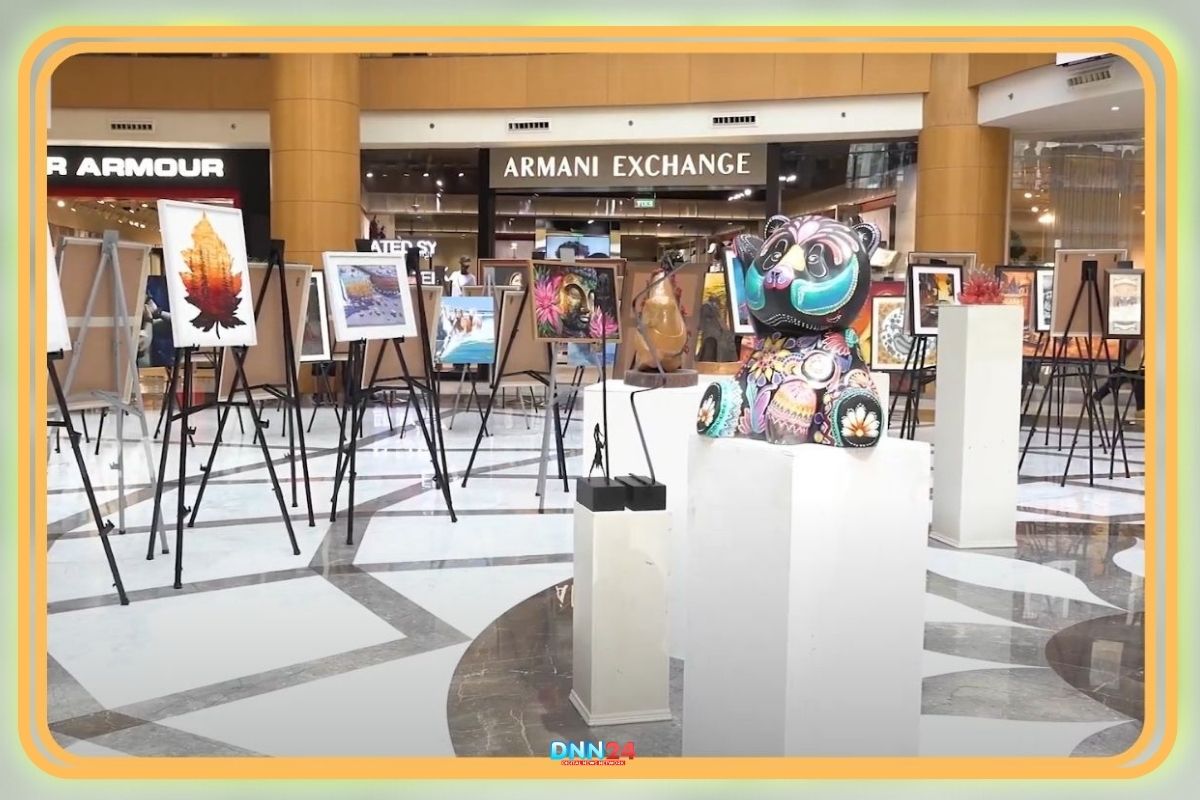
This perspective is connected to traditional Indian artistic philosophy, where art was not about individual creativity alone, but about perceiving and channeling the beauty that already existed in creation. Several works in the exhibition reflected this approach, with detailed nature studies that showcased patient observation of their subjects. Flowers appeared in various stages of bloom, birds were captured in precise anatomical detail, and landscapes revealed careful attention to how light changed throughout the day.
Classical Purity in a Changing World
Nalini and Kamalini Asthana, the Kathak dancers who attended as guests, drew interesting parallels between classical dance and visual arts. They compared classical dance forms to gold and diamonds, precious materials that were not available everywhere but maintained their value precisely because of their rarity and purity. In contrast, artificial jewelry was widely accessible and served different purposes for different budgets.
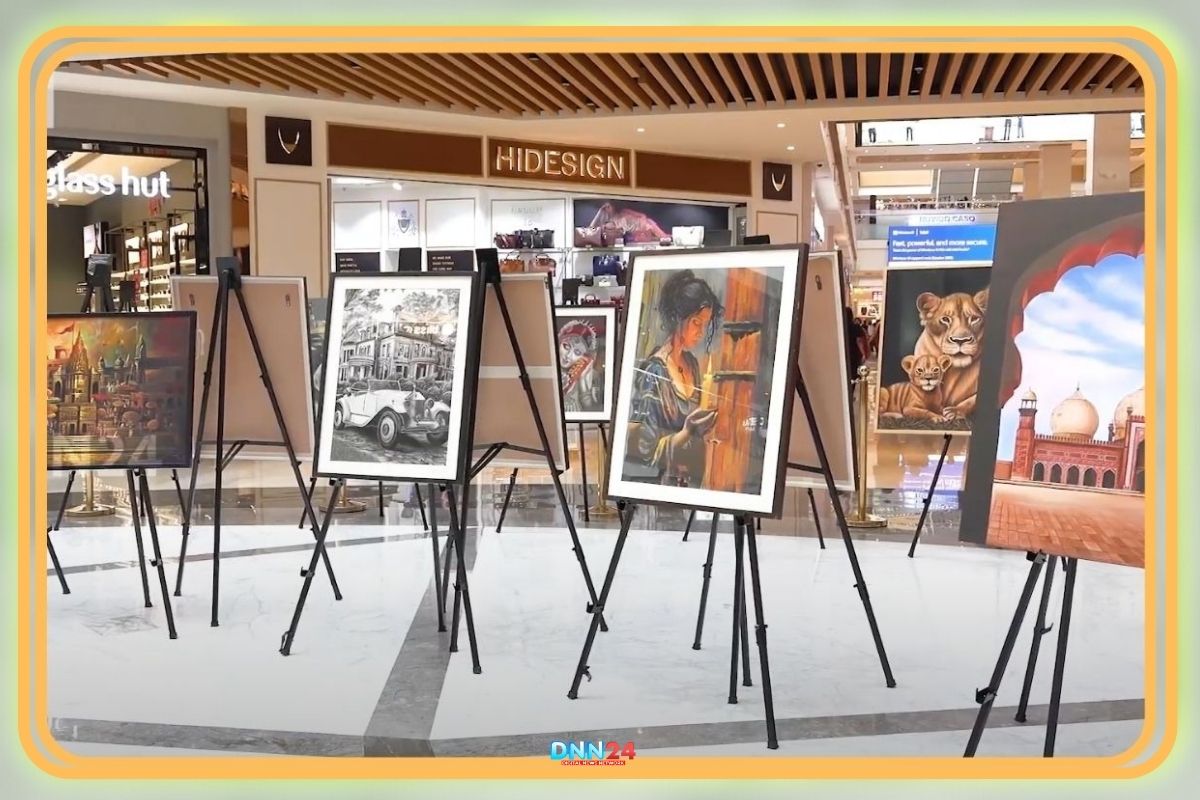
They observed that fewer performers now practiced classical dance with the rigor and dedication it required, leading to diluted forms that prioritized accessibility over authenticity. Yet those who maintained purity in their practice continued to find appreciative audiences who recognized and valued the difference. The same principle applies to the visual arts. Artists who remained true to their vision and techniques, refusing to dilute their work for easier commercial success, eventually found their audience. The challenge was surviving the years between starting one’s practice and achieving recognition.
Beyond Teaching to Building Platforms
Kala Bhoomi’s founder explained how the organization’s mission had evolved from purely educational work to creating professional opportunities for artists who had completed their training. Teaching art skills was necessary but insufficient if trained artists then struggled to find audiences and buyers for their work. Indian society still pressured young people toward careers in medicine, engineering, and other professional fields, treating artistic pursuits as hobbies rather than viable professions.
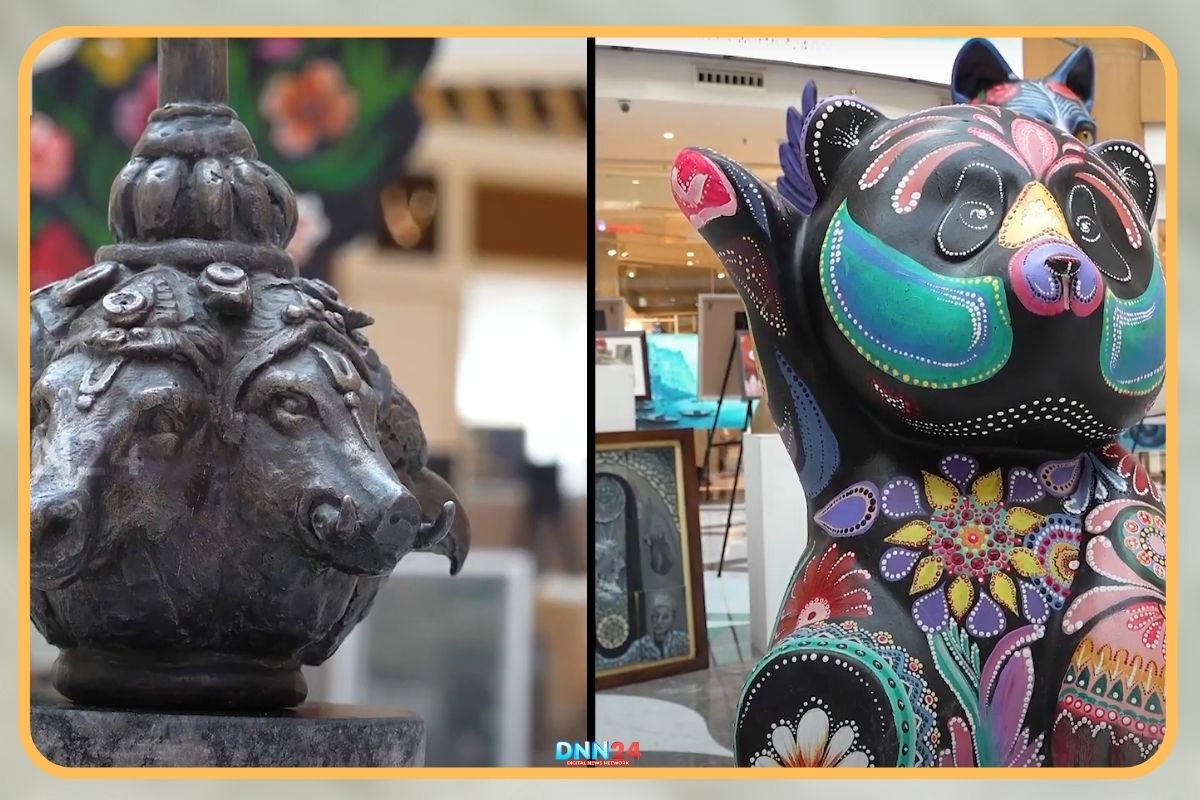
Parents worried about their children’s financial futures, and those concerns were not unreasonable given how difficult it was for artists to earn stable incomes. The exhibition addressed this problem by providing free exhibition space and promotional support, thereby reducing the financial barriers that had previously prevented artists from reaching potential buyers, the nineteenth edition of Anant Ki Ore represented years of refinement in this model. The name Anant Ki Ore, meaning ‘toward infinity,’ suggested the organization’s long-term vision. Individual founders might eventually step away, but the platform they had built would continue serving future generations of artists.
Where Art Meets Everyday Life
The lasting impact of the Anant Ki Ore exhibition extended beyond the September event itself. By demonstrating that art could thrive in commercial spaces, Kala Bhoomi challenged assumptions about where artistic expression belonged. The boundaries between high culture and daily life became permeable. Someone who discovers a favorite artist at a mall exhibition might later visit galleries and museums, but their initial encounter typically happens in a familiar environment. Artists themselves gained confidence from the experience of showing work to diverse audiences.
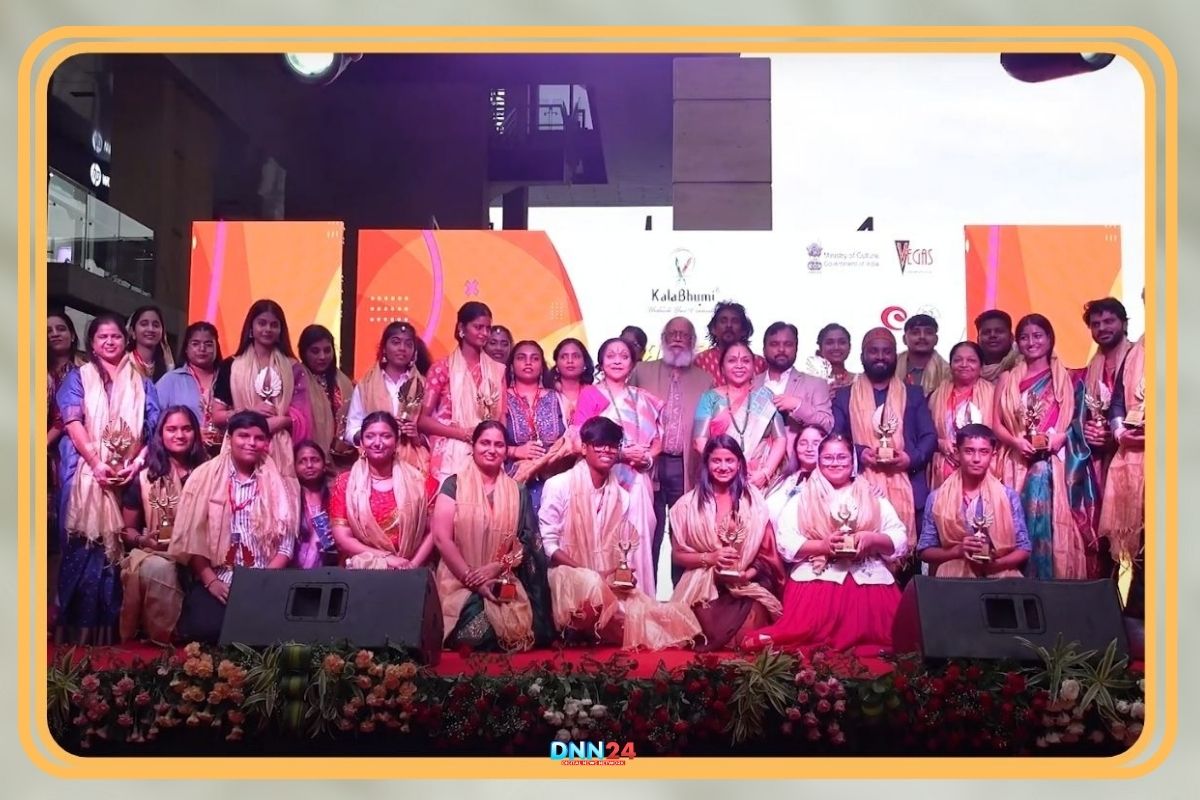
Positive feedback from ordinary viewers who connected with their pieces validated their creative choices in ways that academic critique sometimes did not. As visitors departed from the exhibition that September evening, many carried photographs of artworks they had admired, along with new perspectives on what art could be. The event had accomplished its multiple purposes. Foundation students had gained their first real audience, emerging artists had made meaningful connections, and established practitioners had found renewed inspiration. What remained most powerful about Anant Ki Ore was its fundamental belief that art belonged to everyone, not just educated elites or wealthy collectors.
Also Read: Deep Narayan Nayak: Teacher of the Street Who Turned Walls into Blackboards
You can connect with DNN24 on Facebook, Twitter, and Instagram and subscribe to our YouTube channel.

